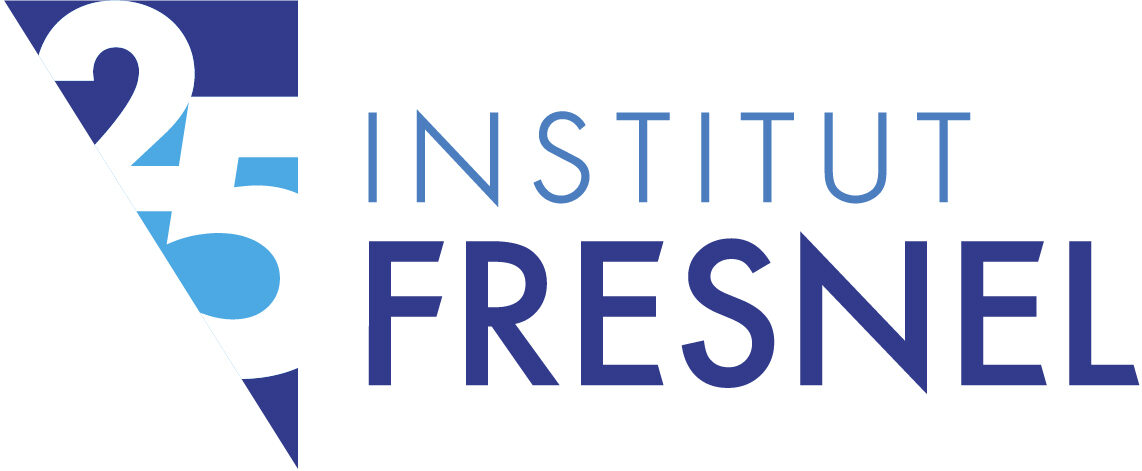Yousra TOUMI soutiendra sa thèse intitulée : « Development of innovative thin film-based substrates for improving TIRF microscopy sensitivity and lateral resolution » on September 19th at 11:00 A.M. in the Pierre Coton’ Room.
Composition of jury :
- Antoine MOREAU, Institut Pascal – Reviewer
- Gérard COLAS DES FRANCS, Laboratoire ICB – Reviewer
- Olivier GAUTHIER-LAFAYE, LAAS-CNRS – Jury President
- Franck CHOLLET, Institut Femto-ST – Examiner
- Anne-Laure FEHREMBACH, Institut Fresnel – Examiner
- Aude LEREU, Institut Fresnel – Thesis Supervisor
- Guillaume DEMESY, Institut Fresnel – Co-supervisor
- Julien LUMEAU, Institut Fresnel – Invited Member
Abstract : This thesis focuses on optimising optical coverslips for enhancing Total Internal Reflection Fluorescence Microscopy (TIRF-M) using dielectric thin-film multilayers. The primary goal is to improve both sensitivity and lateral resolution by designing and optimising micro to nano-structured multilayer stacks. This innovative optical component provides biologists with a way to enhance TIRF microscopy performance without modifying either the optical setup or the biological sample. The work combines two complementary approaches: the development of a Structured All-dielectric Multilayer (SAM), and the elaboration of a robust numerical model to analyse light scattering in planar all-dielectric multilayers (PAM). Together, these contributions improve lateral resolution and control background noise in enhanced TIRF imaging.
The SAM structure, inspired by resonant dielectric multilayers capable of amplifying the evanescent field at the surface, was also optimised to generate structured illumination patterns for surpassing the diffraction limit. Unlike metallic nanostructures, these dielectric stacks are biocompatible and can be designed for any wavelength, incident angle, and polarisation, offering tunable resonance. Two SAM geometries were investigated, micro-gaps and sub wavelength gaps, showing strong near-field enhancement and high spatial modulation, the latter being more effective though more complex to fabricate. Fabrication was carried out using physical vapour deposition techniques, followed by either photolithography or electron-beam lithography depending on the gap size. Characterisation with AFM, SEM, and optical measurements validated both the structural quality and the optical performance, including enhanced fluorescence and lateral resolution.
The second part of this thesis addresses background noise in fluorescence imaging. Following previous work on planar all-dielectric multilayers (PAM), we developed a numerical model based on the finite element method to quantify light scattering due to surface roughness. By considering optical and statistical parameters, the model predicts both the scattering intensity and its angular distribution. This tool can also be used as a valuable criterion for optimising thin-film designs beyond classical fabrication constraints.
In summary, by combining both approaches, this thesis proposes a new path toward enhanced TIRF microscopy, tailored to the demands of high-resolution and low-noise biological imaging.
Keywords : Numerical modelling, diffraction grating, light scattering, dielectric multilayers, Bloch surface waves, surface roughness, light modulation, TIRF microscopy

